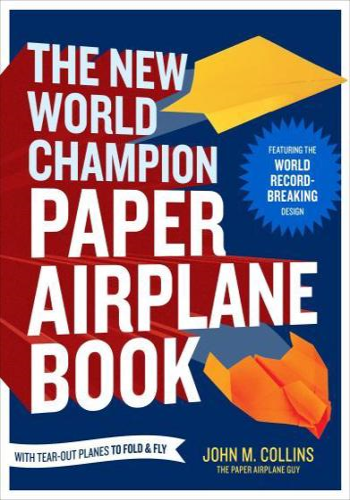A collection of easy-to-fold paper airplane designs and innovative theories of flight, including the author's Guinness World Record-breaking airplane. Features 16 tear-out model planes.
Will YOU be the next to break the WORLD RECORD?
Anything is possible with The New World Champion Paper Airplane Book, the newest collection of designs and theories of flight from John M. Collins, the man behind the Guinness World Record-breaking distance plane. Featuring twenty-two unique airplane designs with step-by-step instructional photos, plus tear-out models printed on regulation-weight paper stock, this entertaining and informative guide promises hours of flying fun.
Take your paper airplane-making to the next level with features such as:
· Instructions for folding "Suzanne," the plane that shattered the previous world record by flying an unprecedented 226 feet, 10 inches, and garnered more than three million views on YouTube
· Four "Follow Foil" aircraft that can stay aloft for minutes at a time
· A pioneering cambered-wing plane
· A primer on flight theory, and how it applies to paper airplanes
· Tips for improving the accuracy and distance of your throws
· The adjusting technique that helped break the record
· And more!







